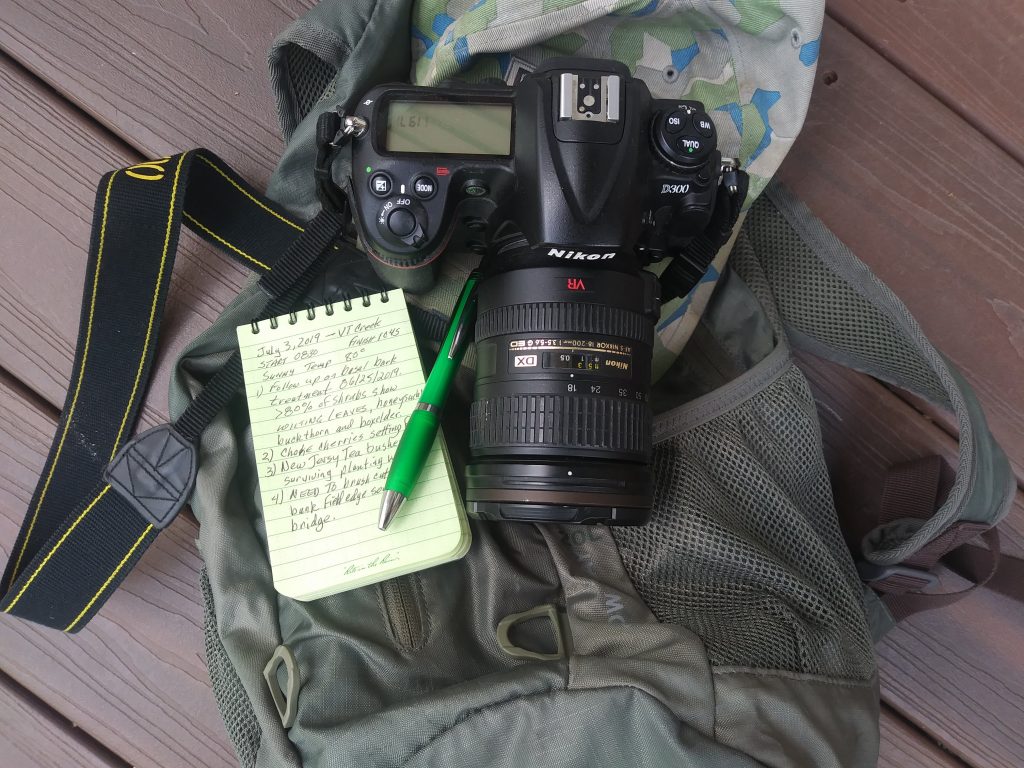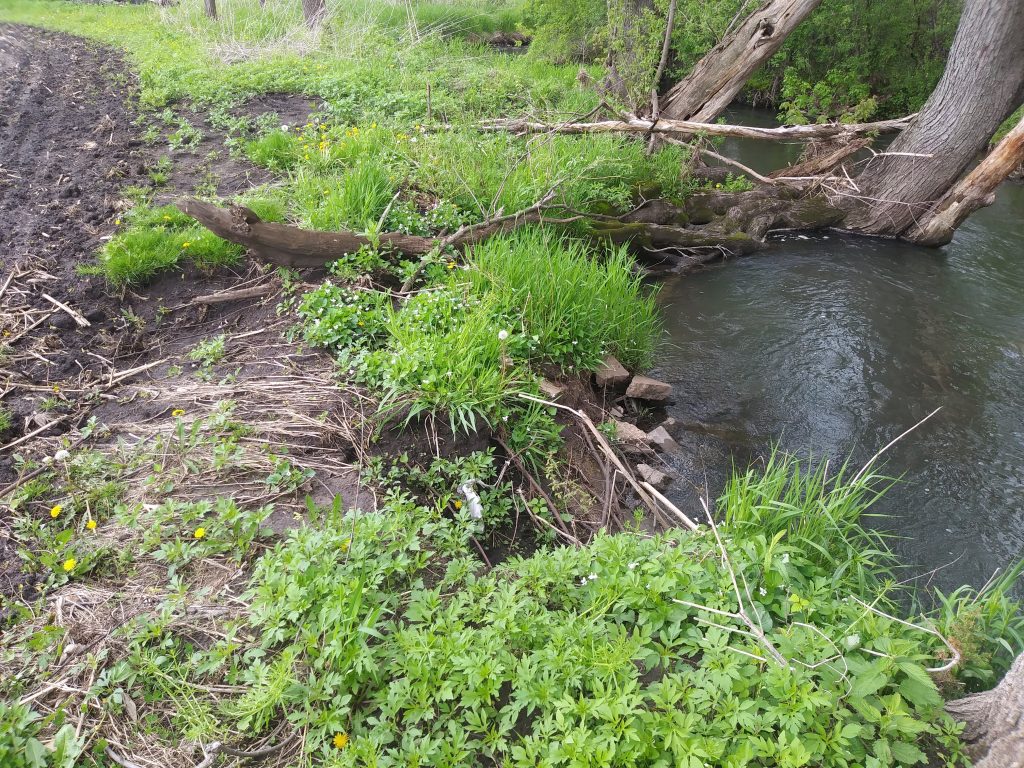How the Environment Affects Plants

Recently, I was asked by a young Asian student, “Do plants raised in a good environment flourish and grow bigger than plants raised in a bad environment?” At first, I wanted to dismiss what seemed like a silly question. As I headed for the creek to check on some honeysuckle and buckthorn that got treated last week, I thought more about that question. The more I though about it, the more interesting his became.
Broadly speaking, his assertion was probably true. The answer, however, changed with the species. Also, it depended on how the budding scholar defined the environment. Finally, the answer would hinge on what the young questioner thought was good and bad. Answering his question first meant understanding that the environment includes the soil, water and air.
Soil
Soil differs in its composition naturally from one place to another based on the underlying geology, as well as surface layer history like glaciation and floods. Soils fertility differs based on those factors. Human activities, most notably farming, have changed the characteristics of soil in many environments. Erosion and poor agricultural and horticultural practices have depleted many native soils. Likewise, resource extraction and industrial activities have polluted soils in many areas.
Water
We are all familiar with water pollution and its effects on plants. Acid rain harms plants, causing deforestation around the world. Toxic discharges from factories, leaking landfills, and pathogen laden runoff from factory farms pose threats to plants downstream.
Air
The air has several factors to consider. Increased CO2 from burning fossil fuels benefits some plant species, while others are unaffected or even suffer because they evolved to thrive in an atmosphere with less carbon dioxide. Toxins discharged from smoke stacks and tailpipes definitely injure most plants.
The reason I did not declare these impacts as good or bad is that under certain circumstances a particular plant species in a specific location might benefit from certain environmental degradation. Even if many native plants suffer, there are bound to be tough species that will move in and take their place.
This morning, I am walking along the floodplain of a small creek in the driftless area of Wisconsin. Because a large block of very hard rock split the southward advancing glaciers for millennia, glacial ice never scoured this part of Wisconsin like it did the rest of the state.
Farming Along the Creek
However, for the past century, farmers using poor practices caused erosion of tons of topsoil from surrounding hills. That topsoil landed in the valley below, covering the wetland adapted species and degrading the wetlands so they are far less capable of controlling flood events. The rains this spring, along with flooding last summer mean for a second year in a row, the farmers on either side of the creek will see disappointing harvests.
Aside from the money lost by the neighboring farmers, erosion has devastated those buried wetland plants and seeds. On the other hand, other plant species brought downhill with the soil, blown in by the wind or dropped by passing birds and animals now thrive in fertile topsoil with plenty of moisture. The creek corridor is a riot of growth, though most of it is invasive species that do little to recharge the groundwater or control flooding.
So what is the “correct answer” in this situation? It seems to me that the loss of topsoil from the uplands, as well as the loss of wetland plants, loss of groundwater recharge, and increased flooding downstream, more than offset any benefits.
Southern Wisconsin was a disturbance dominated ecosystem before Europeans settled here nearly two hundred years ago. Wildfire sparked by lightning and Native Americans burned the land every few years. The result was a landscape dominated by prairie and savannah. This kind of landscape is called an early successional ecosystem because it dominates soon after big disturbances like windstorms and fire.
Early Verses Late Succession Plant Communities
Today, most of the land is farmed, but woods and scrublands dominate the areas too steep or wet to crop. These woody species cannot tolerate fire. They are called late succession ecosystems because they move in after those first sun loving pioneer species. When fire disappears from the landscape, shade tolerant trees like cherry and maple are able to take over. They crowd out the scattered sun loving oaks, which cannot regenerate under the closed canopy of the darkened woodlands.
Many of the plants that once covered the prairies and savannah are now rare; with many threatened or endanger of extinction.

Effects of Farming
Because their root systems were so deep and they recycled nutrients so efficiently, those prairie and savannah plants built up fertile topsoils 3–8 feet thick. Now, through changed land use and erosion, most of that topsoil can be found more than a thousand miles south in the Gulf of Mexico.
Corn and soybeans still grow in tremendous abundance, thanks to chemical fertilizers and pesticides. That abundance allows farmers near my home to export their bounty around the world. Is that good or bad? Row crops suited for agriculture grow large and yield hundreds of tons per acre. That grain feeds millions of people around the world, How can that be bad?
Heading for Home
My notebook now holds the shrub kill observations that brought me here this morning. Almost without thinking, my entries show that the herbicide sprayed on the basal bark of those invasive shrubs is having its intended deadly impact. By fall they will be dead. In a few years their carcasses will fall over and their trunks will decay. If I continue to do my job, their offspring will join them. The native seeds I plant in their place will begin to stabilize the soil along this little trout stream.
Heading back to the truck my musings on plants, as well as good and bad environments come together. I think about the “land ethic” from A Sand County Almanac. Aldo Leopold first made this profound way of looking at the world popular. He wrote, “A thing is right when it tends to perserve the integrity, stability, and beauty of the biotic community. It is wrong when it tends otherwise.”
